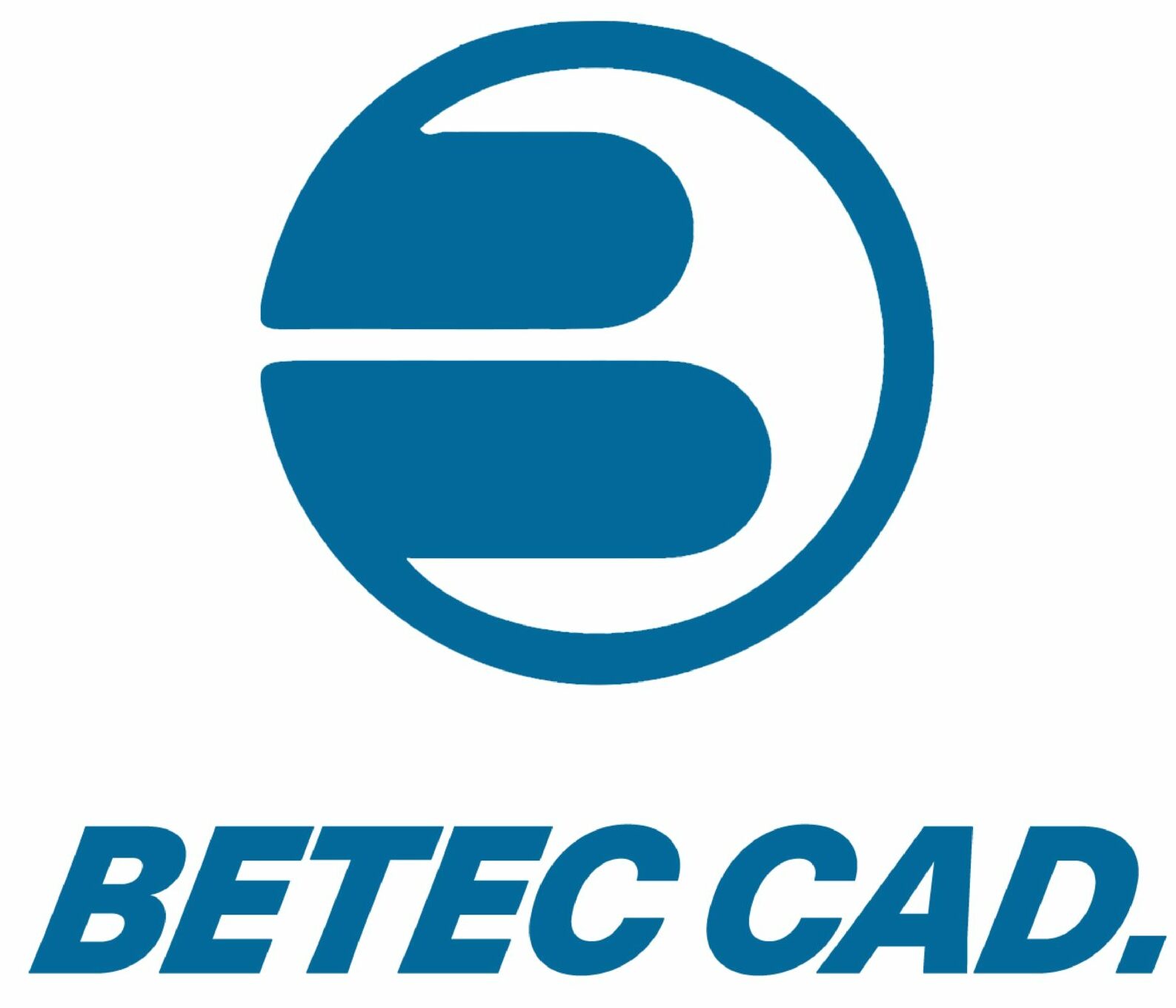In the modern practice of building design and HVAC systems, Variable Air Volume (VAV) systems have become an important technology for appropriate air distribution, comfort, and energy saving. Here, the basic principles of VAV systems, as well as recommendations for their application, are described.
What is a VAV System?
A VAV system stands for Variable Air Volume System and is an HVAC system that controls air-conditioned air being supplied to various zones in a building with variations in airflow based on the current requirement. While in constant volume systems, air delivery is fixed irrespective of the room occupancy, VAV systems control the airflow to achieve the desired temperature and quality of air, improving its energy effectiveness, air quality.
How Does It Work?
The primary variable air volume (VAV) is employed where air is cooled or heated in a central air handling unit (AHU). The conditioned air is then fully distributed via a system of ducts that supplies different zones in the building. In each zone, there are VAV boxes that have dampers that regulate the amount of air supplied to that zone. They can also provide airflow as required, responding to variations in occupancy, equipment demands, or prevailing weather conditions through adjustment of the damper positions.
Components of VAV System VAV stands for Variable Air Volume Systems, which are an aspect of our building technologies.
- Air Handling Unit (AHU): The AHU is the central part of the VAV system where the conditioning of air takes place, including heating, cooling, filtering, as well as dehumidifying the air, which is then circulated through the ductwork.
- VAV Boxes: These boxes are fixed in each zone; they contain dampers regulating the airflow according to the set point value and current zone temperature. They may contain terminal units with reheat coils to offer a further degree of temperature regulation.
- Ductwork: A network of ducts that transport the conditioned air from the AHU to the VAV boxes in various zones.
- Thermostats and Sensors: These control devices’ main function is to monitor and control the temperature and occupancy of each zone by sending signals to the VAV boxes.
Advantages of VAV Systems
- Energy Efficiency
The first and most considerable benefit of VAV systems is the use of energy. Because VAV systems control airflow according to the real requirement, they consume less energy compared to the constant volume system, whereas utility bills are low.
- Improved Comfort
VAV systems increase comfort for building occupants in that different areas are provided with consistent temperatures. This makes it possible to have specific climate control for each tenant or at different times when the number of occupants in any given space is different.
- Enhanced Indoor Air Quality
Since the airflow rate can be controlled in VAV systems, it is possible to enhance the quality of indoor air circulation to avoid causing the development of stale air and possible pollutants.
- Flexibility and Scalability
VAV systems are also very versatile and could easily be expanded or contracted to correspond to modifications in building plans, utilization, or population density. Due to this flexibility, they can be used throughout offices, schools, colleges, hospitals, and other institutions.
Implementation Strategies of Variable Air Volume Systems
- Conduct a Comprehensive Load Analysis: When planning a VAV system, it is highly advisable to do an analysis of the various zones in the building to know the exact heat loads as well as the cooling.
- Select the Right Controls: Focus on the development of new and sophisticated control systems that enable precise control of the flow and temperatures according to data gained.
- Regular Maintenance: Adopt a regular maintenance schedule so as to identify problems that may affect the system’s performance and prevent any incidences.
CONCLUSION
Variable Air Volume Mechanical (VAV) systems are one of the most important innovations in HVAC systems: energy savings, comfort, and flexibility in the construction of buildings. As green and efficient solutions are slowly becoming the future of construction, VAV systems will remain a crucial component in HVAC design, contact Betec Cad for AHRI tested various types of VAV Boxes which suits project requirements.

